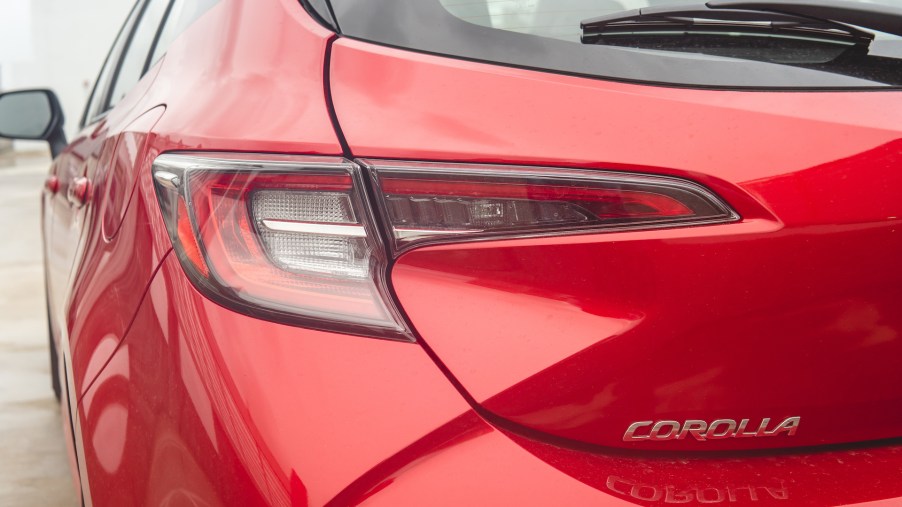
Are Amber Turn Signals Safer Than Red Ones?
Red lights. Yellow lights. Green lights. There are plenty of different colors and signs to pay attention to whenever you’re driving. Aside from the traffic lights on the street, you also need to pay attention to the lights on the back of the car in front of you in traffic. But that’s pretty easy, right?
A car’s brake lights are typically red and its turn signals are usually amber in color. However, with the crazy and cool taillight designs that car manufacturers have come up with in the past decade, there are many cars that use red turn signals. But can using amber signals actually be safer than using red ones?
Amber contributes to accident avoidance

When driving in traffic, fractions of a second can mean the difference between safely changing lanes and getting into an accident. This is why the colors of taillights are so important. It might seem trivial, but in case you haven’t noticed, taillights typically consist of amber turns and red brake lights for easier identification at first glance. However, that’s not always the case in the U.S.
Many automakers are still incorporating red turn signals into their car’s taillights as opposed to amber ones, and that’s not a good thing. According to Road and Track, a 2008 study conducted by the National Highway Traffic Safety Administration (NHTSA) revealed that cars with red turn signals are 22 percent more likely to be hit from behind than cars with amber ones.
The next year, NHTSA even did a follow-up study limiting the crash data to cars with rear blinkers that changed from red to amber in a mid-cycle refresh, without any other changes to the body or the taillight housing.
The study revealed that the change from red to amber resulted in a 5.3% reduction in rear-end collisions. Comparing that to the 4.3% reduction in rear-end collisions when the third brake lights were mandated back in 1986, that means that using amber turn signals is 25% more effective than adding an extra brake light, Road and Track reports.
Why don’t automakers incorporate amber turn signals?

Considering amber turn signals are mandatory in Europe, Australia, Asia, South Africa, South America, and basically every other part of the world, why aren’t they required in the U.S.? A Car Place noted that the American regulations say that turn signals can be implemented by a flashing red brake light. And despite the obvious evidence that amber turn signals are safer, there are no U.S. regulations regarding them and there never have been.
That’s part of the reason automakers have been incorporating the use of radars in their cars over the past few years. It’s the reason why base model Civic and Corolla have emergency braking capabilities. But why spend money on radars and extra brake lights and not amber turn signals? Ironically, it’s due to cost.
Road and Track notes that it costs automakers anywhere from a few cents to $10 to change a car’s turn signals from red to amber. Yet, many of them won’t do it despite the fact that the color change has been proven to reduce the risk of accidents.
Is anything being done about this issue?

NHTSA hasn’t done anything as far as mandating amber turn signals. However, it is contemplating making amber turn signals part of its five-star rating system in the future. We hope they do, considering this is a quantifiable issue that can be solved by adding a few cents to every car on the production line.
Who would have thought that a simple color change can result in such a difference on the road? And you thought you only had to pay attention to the traffic lights while driving.



